Philips Fidelio M1 Review
Philips Fidelio M1
Sub-£200 on-ear headphones to rival the B&W P3.
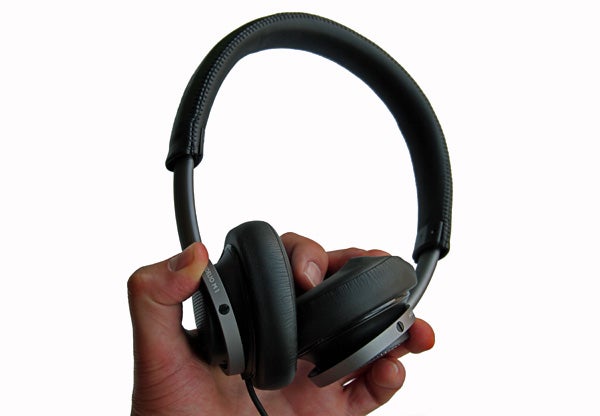
Verdict
Pros
- Look good
- Feel good
- Strong sound isolation
Cons
- Treble doesn’t sparkle
- Bass can be unruly
Key Specifications
- Review Price: £180.00
- 40mm driver
- Removable cable
- Closed back
- Handsfree housing
- Memory foam faux leather pads
Design
We’ll get onto the sound quality of these headphones later, but it’s the design of these beauties that first strikes you. Fidelio is a new name in the headphone space, but the build of these cans shows that Philips knows exactly what it is doing here.

The Philips Fidelio M1 offer the perfect blend of style and class. They’re modern-looking enough to appeal to younger buyers, without any of the brash styling that marks out urban, rapper-branded headphones as “not for the over 30s”. A little more conventional-looking than the B&W P3, having none of the fuddy-duddy air of the Bose QC3 and classier than the Beats Solo HD, these are some of the best-looking on-ear headphones around.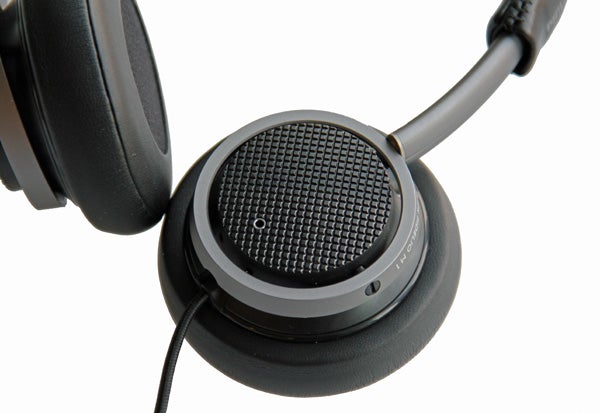
Build quality is excellent, too. The frame of the Fidelio M1 is metal, finished in smoky grey to take away any hint of shiny gaudiness. Much of this frame is covered by leather-effect padding. Philips appears to have used a mixture of real leather and synthetic stuff in these headphones, but their fake leather is so high-grade that we honestly have trouble telling the difference in this case. 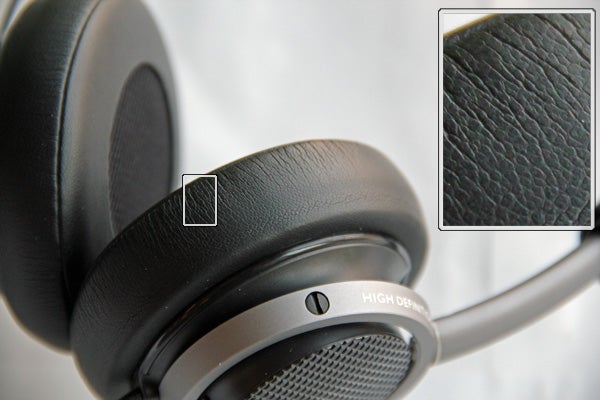
The headband’s padding is kept together with deliberately visible black stitching – a carefully contrived elements that adds an extra touch of style to the Fidelio M1. It’s a similar case with the rear of the earcups. They’re topped with a simple but clearly deliberated-upon texture of embossed squares. Style matters a lot to these headphones, but their style is gained through a series of low-key design touches, rather than skulls or loud splashes of colour. This is a good thing, a very good thing.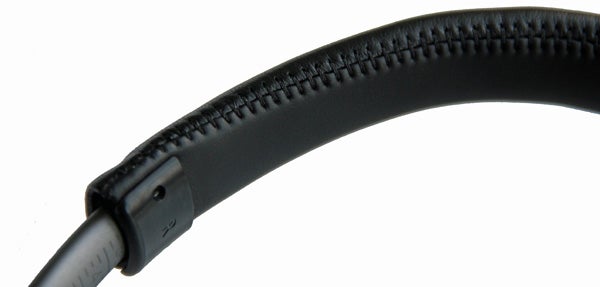
Comfort
Intended primarily for use out and about, the Fidelio M1 exert fairly firm pressure on your head. If you have particularly sensitive earlobes, we’d recommend trying to test drive them before buying. 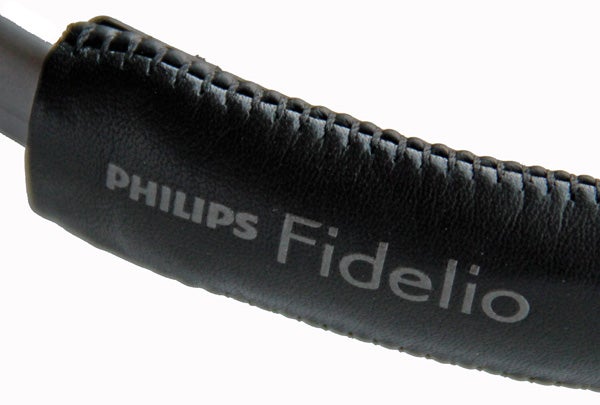
However, most will find these cans remarkably comfortable, thanks to their expertly-executed padding. It’s soft, it’s generously thick and the faux-leather on top is as smooth as faux-leather comes. And unlike some on-ear pairs, getting a good fit is perfectly simple.
Each earcup rotates horizontally by around 90 degrees, and in tandem with the strong headband, the cups pretty much position themselves. The headband doesn’t use any sort of high-friction material to keep them glued to your head, but their clamping effect is strong enough to make them suitable for use while jogging. 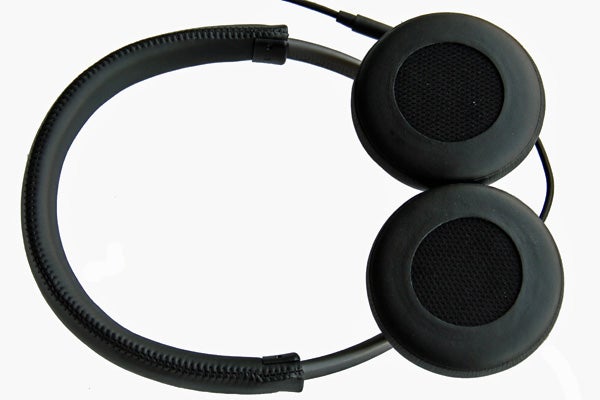
Noise isolation is excellent for headphones of this type too. The ear cups are ported, with outlets on the rear of each, but are otherwise close-backed, and the only part of the ear cup padding that’s perforated is an inner semi-circle. Philips says part of the reason for using fake “protein” leather is that the grain can be made entirely even, for improved isolation.
Whether or not this was a mere excuse for not using the real stuff or not, it seems to have worked. They block out noise across the frequency spectrum very effectively, dealing with noisy streets and trains like a pro.
Accessories
Like the Fidelio L1, these headphones use a modular cable. It doesn’t detach at the cup, rather around 10cm down. This lets you switch to a longer cable if you want to use them at home – any stereo 3.5mm cable extender should work – and of course replace it should you break the jack connector of the bundled one.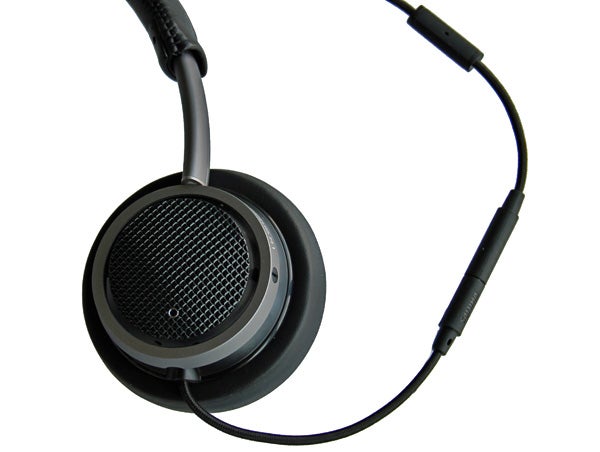
A little handsfree housing features on the cable in the box, but it’s pretty basic. It has just the one button, finished in the same pattern as the earcups, which lets you take calls and offer playback control – one click for play/pause, two to skip a track and three to skip back. There’s no volume control, however. 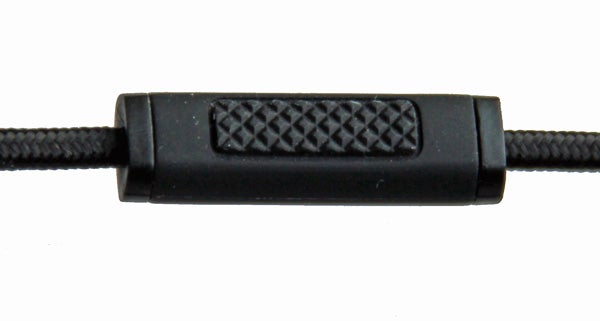
The cable is fabric braided to a high standard, and as it’s fairly thick is pretty resistant to tangles. Earning a slap on the back, a hearty round of applause and a fistful of merit points, the Fidelio M1 design is just great, making the rival Sennheiser HD-25 II seem a bit cheap and flimsy.
We’re impressed by the Philips Fidelio M1 design, but how about sound quality? These headphones use 40mm neodyminium drivers, similar to those of the Fidelio L1. The sound signature is a little different, however. 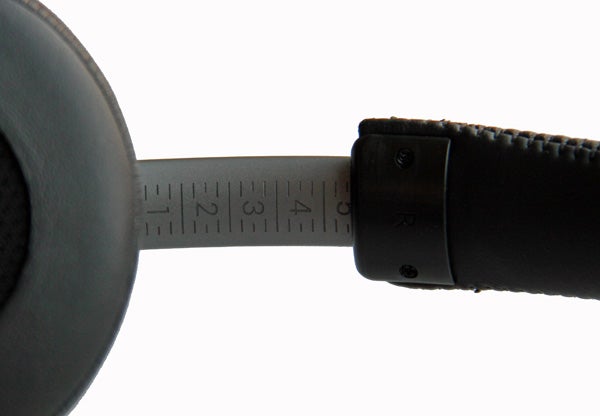
It’s smooth and warm, with a focus on the low-end that gives these cans more of a bassy thud than the more balanced Fidelio L1. Philips says the increased bass response is intended to help make the headphones’ sound combat noisy environments more effectively. However, it’s not the most agile of bottom-ends, with a tendency to sound a little congested in bassier tracks.
Compounding the effect of this bass skew, there’s notable treble roll-off at the top-end, giving the M1 a veiled or “dark” personality. This robs the headphones of the sparkle we like to hear in hearphones of this calibre, and dims the excitement factor of many tracks. To an extent, this is a question of preference – the Fidelio M1 don’t so much lack detail as the impression of detail. 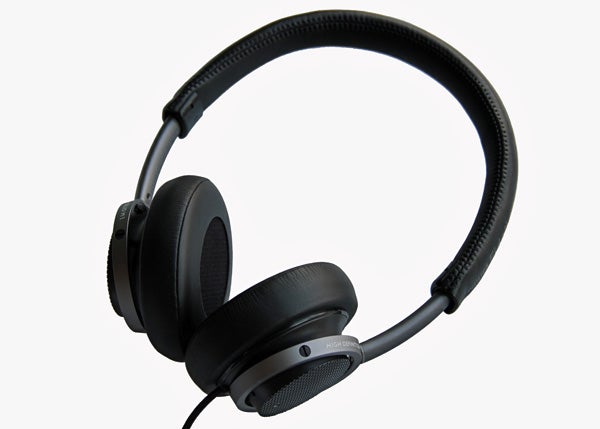
In their favour, the soundstage is wide and expansive for a closed pair, somewhat mitigating the lack of aural insight. However, skipping between the Fidelio M1 and headphones and rivals from Sennheiser and German Maestro, we can’t forget the dampening effect the low-end bias has on vocals in particular. The finer details aren’t given enough room to shine here, even if they are actually reproduced.
Value
At £180, the Philips Fidelio M1 are in a similar price bracket to the Monster Beats Solo HD and Sennheiser HD 25-1 II. We’d recommend them over the Beats in a heartbeat – we prefer the sound, the style, the lot. However, Sennheiser’s model offers a more toned-up bass response and a greater treble performance.
In the trade-off, of course, you lose the good looks, most of the comfort and some noise isolation. We’re a little in love with the design of the Fidelio M1 – it supplies the goods in terms of both form and function superbly. However, while the sound quality is good, we’ve decided to just stay friends.
Verdict
The Philips Fidelio M1 are some of the most attractive, sturdiest, and comfortable on-ear headphones money can buy. Noise isolation is surprisingly good too, making them prime candidates for the commuting classes. However, the sound quality isn’t quite as impressive. It’s smooth and mellow, but the bass becomes congested at times and the top-end doesn’t dazzle.
Trusted Score
Score in detail
-
Value 7
-
Design & Features 9
-
Sound Quality 7


